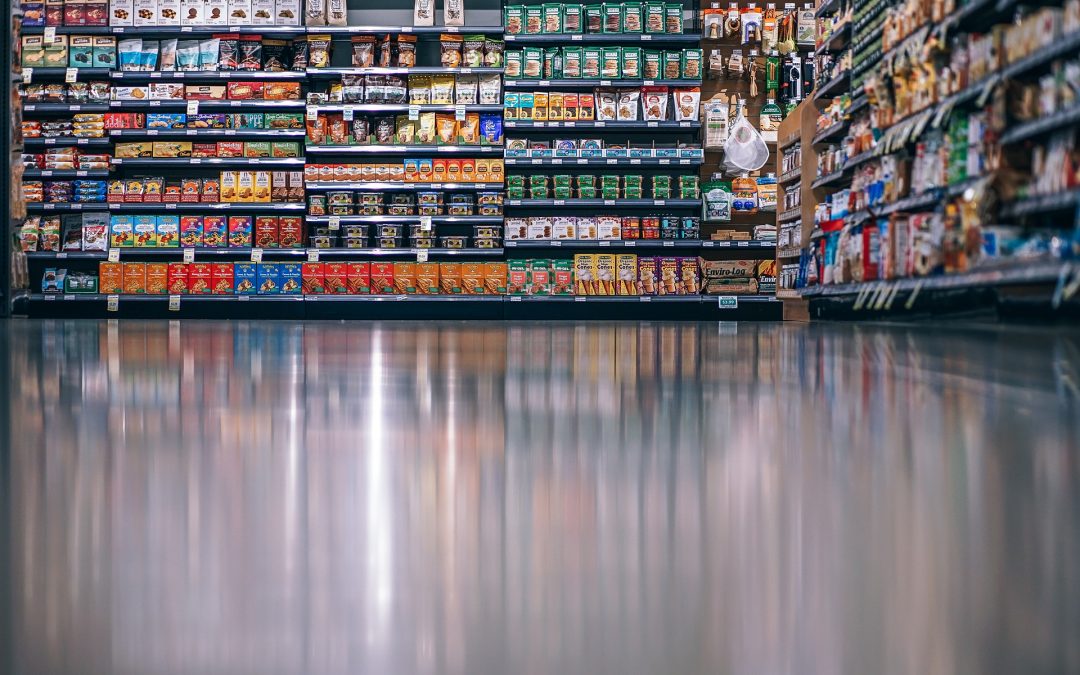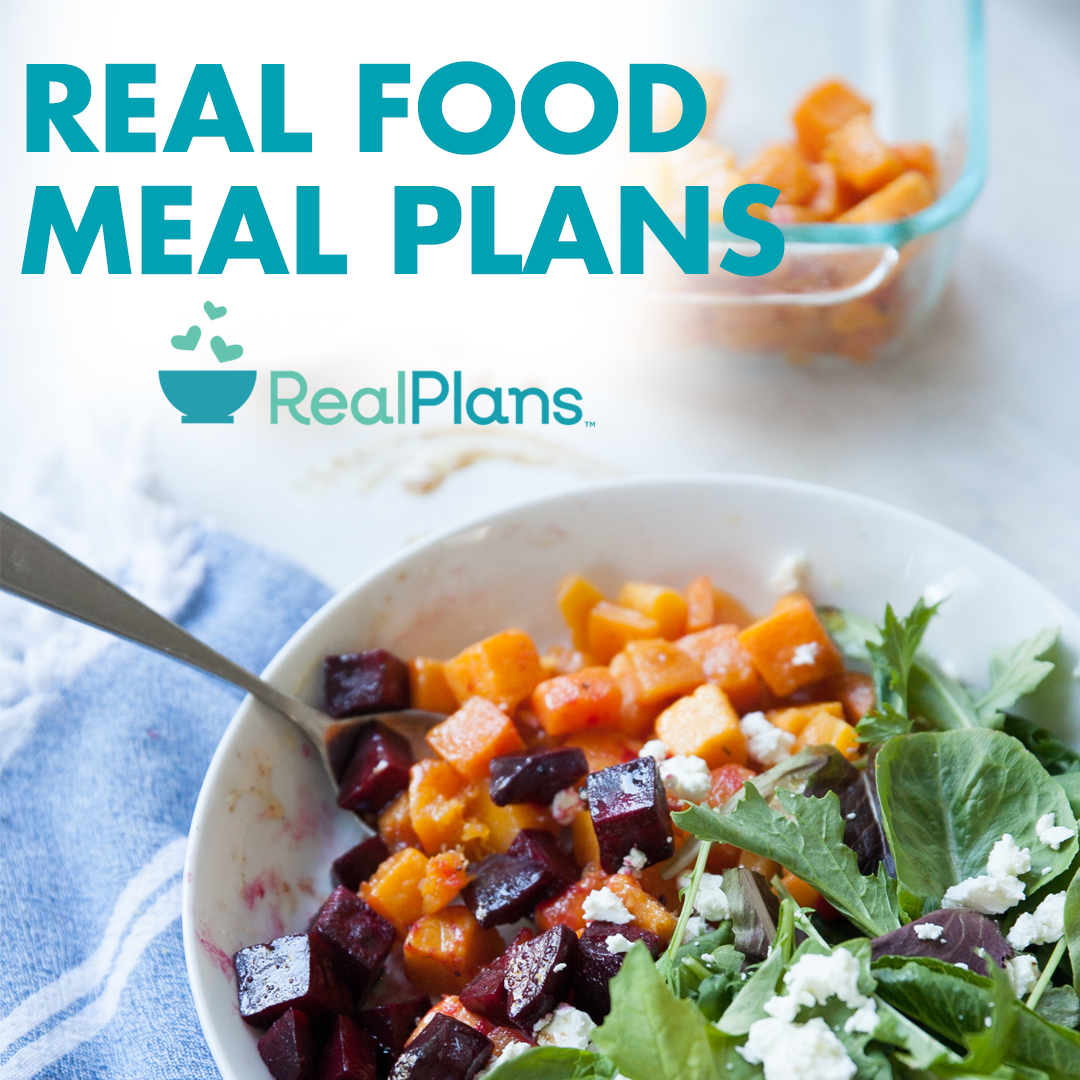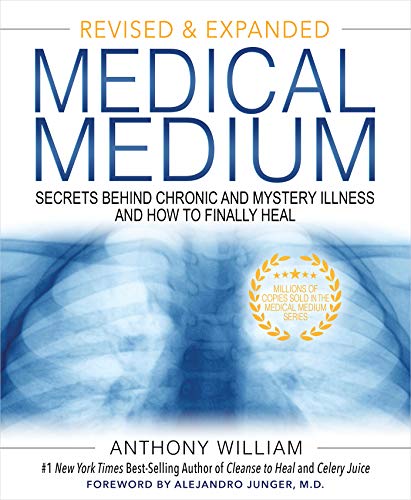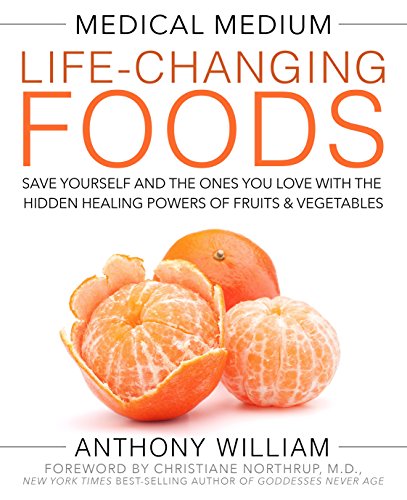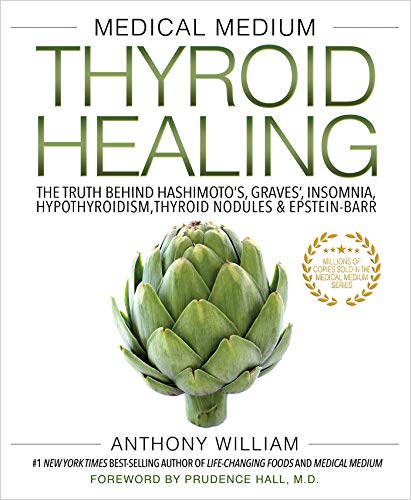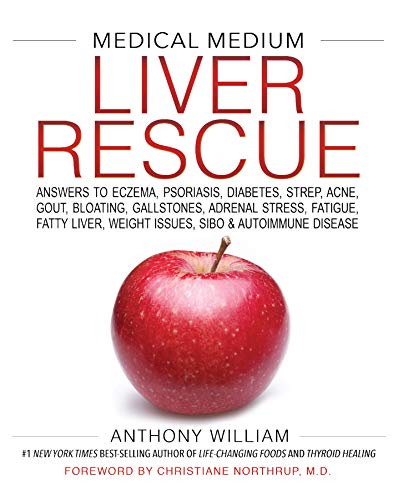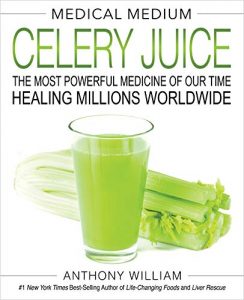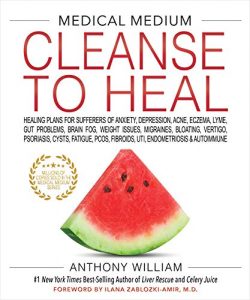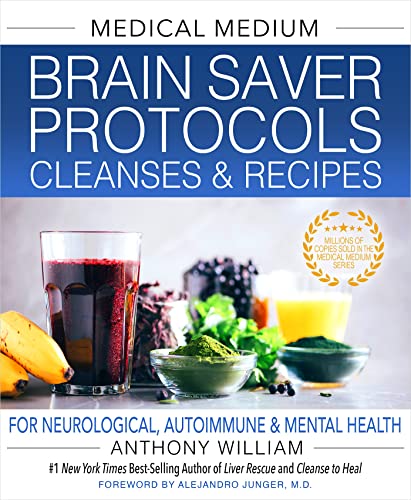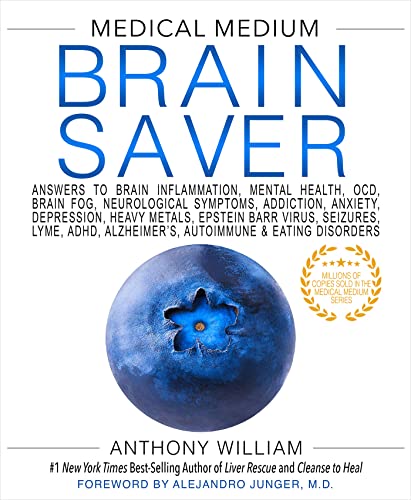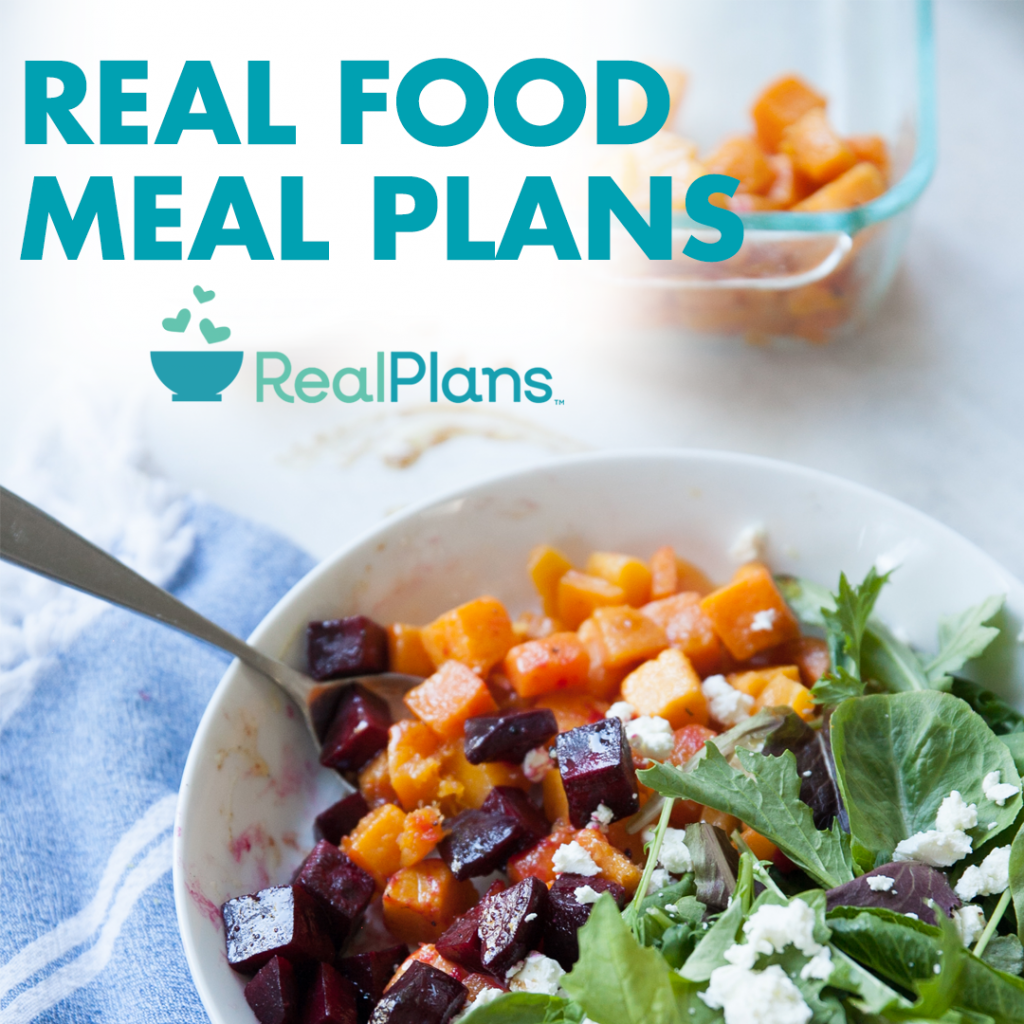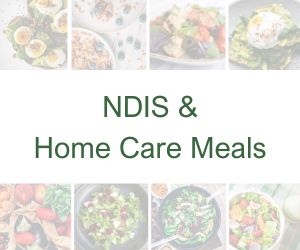It’s unnecessary to measure every morsel of food that you eat, but it is a good idea to know about portion sizes and other information on food labels.
It’s a super-sized world that we live in these days, and most people are surprised to find that their idea of a single serving of food is actually really two or three servings.
So, it’s important to understand how to read food labels.
Reading food labels is one of the most effective ways of determining the right kind of food to buy at the supermarket. It lets you make sensible food choices. Through the ‘Nutritional Information’ on the packaging, you can identify the amount of serving sizes provided in that product.
With food labels, you can clearly understand the amount and kinds of nutrients that are provided in the item.
However, understanding and reading these food labels can be confusing. So, what do these labels mean and how will it affect diet intake by following the serving guide listed on the food label?
To further have a clear and deeper understanding of the items stated on the food label, here is a list of things that you need to know:
NUTRITIONAL INFORMATION:
The ‘Nutritional Information’ label provides the nutrition facts of that particular product. In this section, you’ll find the following information:
– Servings per package – the number of portions in the pack, as determined by the food manufacturer.
– Serving size – listed as a weight, or in ‘mls’ if the product is a liquid. The serving size is determined by the food manufacturer based on what it believes to be suitable for one person and, for this reason, the size of each serving varies amongst products and brands.
NOTE: Because the number of servings stated on the food label is determined by the food manufacturer based on what it believes to be suitable for one person, it’s important to remember that this does not necessarily mean that it reflects your amount of food intake.
Furthermore, serving size determines the amount of nutrients that enters the body. This means that if you strictly follow the serving size listed on the food label, you will obtain the same amount of nutrients according to the serving size that was given on the label.
For example: if you’ve eaten the whole pack, and the food label says that each pack is equivalent to 5 servings, you have to calculate the amount of nutrients that have entered your body. This means that if the food label says 235 kilojoules (kJ) per serving, that means you have to multiply 235 kilojoules by five to get the total amount of kilojoules you’ve consumed (and multiply everything else by five also, such as sodium).
– Ave (Average) Quantity per Serving – the nutrients listed in this column refer to the nutrients in one serving of the product. As the serving size is determined by the food manufacturer, the serving size can vary considerably between food products and brands. Because of this, it’s a good idea to ignore the ‘per serving’ column, and focus on the ‘per 100g’ column so that you can compare the nutrition information between products/brands equally.
– Ave (Average) Quantity per 100g (or per 100ml if the product is a liquid) – the nutrients listed in this column refer to the standard unit of measure (i.e.: per 100g or per 100ml) therefore is not determined by the food manufacturer. The amounts listed under this column are the best to look at when checking nutritional values and comparing products/brands.
– Energy – you may see ‘energy’ measured in kilojoules (kJ) or calories (Cal) or both. The amount listed is a combination of the energy found in protein, carbohydrate and fat from that product. Our body needs energy, but too much energy can be stored in our body as fat.
NOTE: Kilojoules/calories are not all the same. Kilojoules/calories from a piece of fruit or vegetable are not the same as those from a biscuit or piece of cake, so it’s best to avoid counting kilojoules/calories.
– Protein – helps to strengthen muscles, and to grow and repair cells.
– Fat, total, and saturated fats – there are different types of fats and more varieties may be listed on the label under this heading if they are in that particular food product – monounsaturated, polyunsaturated, and trans fats. Some fats are healthier than others. Healthy fats are important for proper brain and hormone function, so you do need healthy fats to be healthy. (This blog post is purely about how to read food labels, so I won’t be discussing fats here.)
– Carbohydrates and sugars – these include starches. Carbohydrates (carbs) affect your blood-sugar levels, and they turn into glucose once digested, so look at total carbohydrates instead of just total sugars. If dietary fibre is listed in the nutritional label, then deduct the amount listed next to dietary fibre, from the amount of total carbohydrates and this will give you the ‘real’ sugar amount once your body digests the food. Sugars can include added sugar and naturally-occurring sugar like that found in fruit or milk.
– Sodium (salt) – although the body needs salt, in this case the lower the number, the better as the salt used is usually refined. A lot of packaged foods are high in salt, (this may even include sweet processed foods) even if you can’t taste it. High salt intake may be related to high blood pressure.
There may also be other nutrients listed.
Other information that may be listed on the Nutritional Information label are:
– Dietary Fibre: if listed, the higher the number, the better. Fibre keeps your bowels regular/helps manage blood-sugar levels, and keeps you fuller for longer.
– % Daily Intake per Serving – this percentage listed in this column is based on an average adult diet of 8700 kJ daily. Sometimes the items listed on the nutrition label will have a percent (%) next to them. This is based on an average adult diet of 8700kJ per day. The symbol ‘<’ = less than. We’re all different and require different daily intakes. This depends on a number of different things such as your level of activity, gender, age, height and weight, so the percentage should only be used as a rough guide.
NOTE: When comparing labels, choose the product that has less energy, fats (unless it’s healthy fats), sugar and sodium, but higher in fibre.
INGREDIENTS:
This refers to the list of the ingredients that were used to manufacture the product, and is listed in order starting from the main ingredients that have the greater amount by weight, through to the smallest quantity.
LABEL CLAIM:
Label claims are simply marketing terms. They are used to attract shoppers and the claims don’t necessarily mean the product is healthier. Don’t rely on the label claims. Always check the nutritional label and ingredients for the facts. These are the common marketing terms used:
– Baked, not fried / toasted / oven-baked: this sounds healthier, but it may not necessarily be lower in fat (usually in the form of an unhealthy fat).
– Cholesterol-free/low cholesterol: these claims are usually made on a plant-based product which is naturally low in cholesterol anyway. NOTE: Eating cholesterol doesn’t give you high cholesterol.
– Light or lite: may refer to the colour, texture, taste, fat, sugar or salt content. It doesn’t necessarily mean that the product is lower in fat, sugar or salt.
– No added sugar: no extra sugar has been added, but the product may contain natural sugar found in food (for example: fruit juice and dried fruit), which still affects blood-sugar levels and may be high in kilojoules/calories.
– Reduced fat: product has at least 25% less fat than the manufacturer’s regular product, but it may still be high in fat.
– Low-fat: contains less than 3g fat per 100g.
– No fat / % fat-free: these could be labelled on products where fat is irrelevant such as a bag of lollies, so it doesn’t necessarily mean the product is healthy. If it’s a product that would normally contain fat, then the fat would likely have to be replaced with something else – usually sugar, refined flour, preservatives or additives. Also, a product claiming to be 96% fat-free sounds better than stating 4% fat! Check the nutritional and ingredient label for the facts.
– All-natural: generally indicates no artificial colourings, flavourings or preservatives have been added to the product, but it may still contain unhealthy ingredients that are naturally-occurring. It may still also be high in unhealthy fat, sugar and/or salt.
– Salt-reduced: product has at least 25% less salt than the manufacturer’s regular product, but it may still be high in salt.
– Low salt: product has 120mg or less salt per 100g. It may have other unhealthy ingredients added to compensate for the low salt content (check nutritional label and ingredient list for the facts).
– Heart-tick approved (Heart Foundation tick symbol): the ‘tick’ is anti-saturated fat and anti-cholesterol, but may promote high sugar, unhealthy oils, processed foods, processed carbs, and food containing additives, preservatives, colours, and flavours.
– Low-carb: primarily low in sugars and starches, and high in fat and/or protein. Check ingredient label for the type of fat used. It may include healthy or unhealthy fat.
– Diet: the product has been artificially sweetened. Avoid artificially sweetened products.
– Low-calorie/low-joule: refers to a low-energy food and must be 170kJ (kilojoules) per 100g or lower for solid and semi-solid foods, and 80kJ per 100ml of beverages or other liquid foods.
Reading food labels can certainly be very tedious and confusing. Nevertheless, once you get the hang of it, you’ll become more confident reading food labels, and it will be much easier for you to control your food intake and eat healthier!
NOTE: Information is correct at time of writing this post, and may be subject to change.

